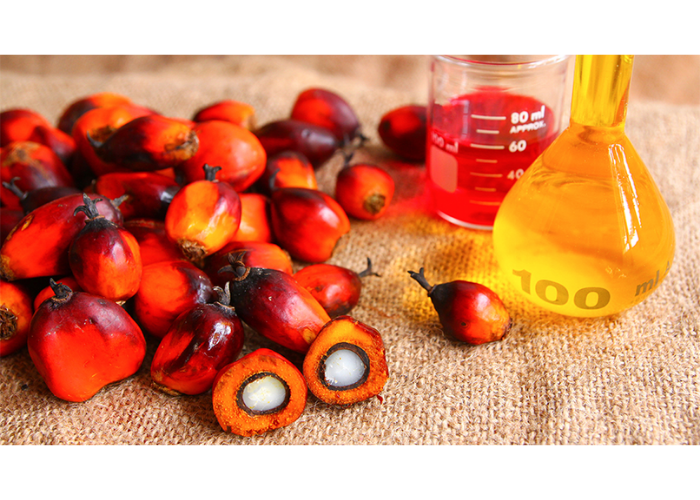Sustainable palm oil: a supply chain to invest inBY ANTONIO PICASSO
- 21 March 2022
- Posted by: Competere
- Category: Sustainable Nutrition

If it weren’t for the fact that it has the taste of blatant opportunism, we would say: “We told you so”. But when there is a war going on, there is no messing around with controversy. The decision of many companies in the food industry to return to palm oil, after many years of using sunflower oil, due to the supply bottleneck caused by the Russian-Ukrainian crisis, should be used as a “lesson learnt”.
Focusing on a single raw material and a single producer market, as in the case of sunflower Made in Ukraine, is diametrically opposed to industrial strategy, economic growth and sustainability. It is the same dynamic as in the energy sector: a monopoly is created, to whom processing companies are tied by a double thread; these, however, are left high and dry in any case of geopolitical crisis and financial speculation. Returning to palm oil, companies can afford to deal with multiple suppliers – some established, such as Indonesia and Malaysia, others emerging, especially in Latin America – and to handle high quality and sustainable material. Both on the environmental front and in economic and social terms.
All this, however, requires an overhaul of the system. In the macroeconomic sphere, it is necessary to return to industrial policy. Starting with raw materials. Institutions, trade associations – Confindustria as the leader, but also the Italian Union of Sustainable Palm Oil Producers, as a sector association – as well as productive forces must be fully aware of the identity of our ecosystem. We are a transformation economy. We need natural resources that come from abroad. Sometimes from very far away. We need to plan the import of these commodities ahead, with an eye on the next decade. So that if something happens to a supplier, the gap is compensated for immediately.
We need to invest in the supply chain. After years of ostracism, palm oil must be given the value it deserves. First, because almost all imports are certified as sustainable. In this case, institutions at all levels of government must take charge of a regulatory package that, on the one hand, prevents the entry of palm oil not certified as sustainable, and on the other, prevents the drafting of standards and guidelines, or any initiative that prohibits the use of palm oil just because it is palm oil.
Finally, both a cultural and entrepreneurial interventions are needed, which only a compact nucleus of productive forces can elaborate. In fact, the return to palm oil may represent a new flank exposed to the attacks of the most intransigent environmentalist currents. The comparison may seem improper, but just like in the case of coal and nuclear power, where claims of renewables as the only way for a transitional energy policy have been embolded, there might be those who raise new shields against the industry itself precisely because they are “guilty of reiteration” on palm oil. However, production needs must prevail A) over appeasement; B) over marketing logic. For this reason, the government was right to block some brands wanting to continue to sell their products containing palm oil, but with the old label “palm oil free”, so as to avoid wasting the packaging already acquired and, above all, to avoid any trouble. So much for greenwashing! In a world of fake news, misinformation and lack of information, the message for both companies and consumers is simple. Investing in the supply chain of certified sustainable palm oil means making industrial policy nationwide. The only alternative to palm oil is certified sustainable palm oil.

